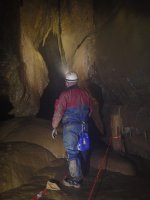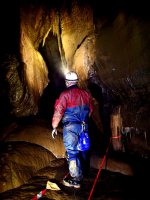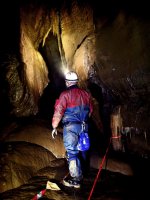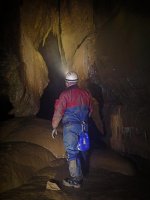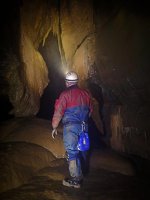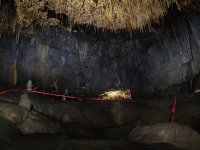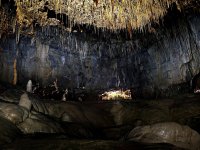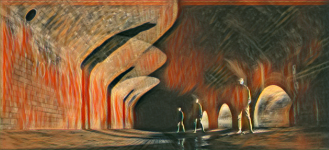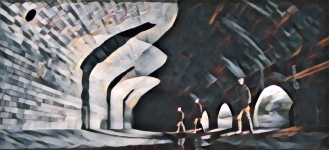Yes, thanks for that Paul. A surprisingly easy process.
Thought I'd give it a go so tried it on this picture from North West Inlet in Ogof Craig a Ffynnon.
Not a very good photo anyway but it would be a good test.
Definitely an improvement. I didn't follow the tutorial exactly because my levels are the inverse of the surfing picture but definitely an improvement and although it doesn't replace avoiding the haze in the first place, it is great for rescuing pictures for uploading to places like forums and club websites.
Thought I'd give it a go so tried it on this picture from North West Inlet in Ogof Craig a Ffynnon.
Not a very good photo anyway but it would be a good test.
Definitely an improvement. I didn't follow the tutorial exactly because my levels are the inverse of the surfing picture but definitely an improvement and although it doesn't replace avoiding the haze in the first place, it is great for rescuing pictures for uploading to places like forums and club websites.



